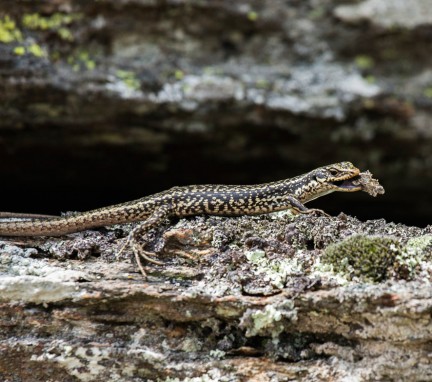Along the Trail or near the Trail you will encounter a range of biodiversity, including both indigenous and introduced species.
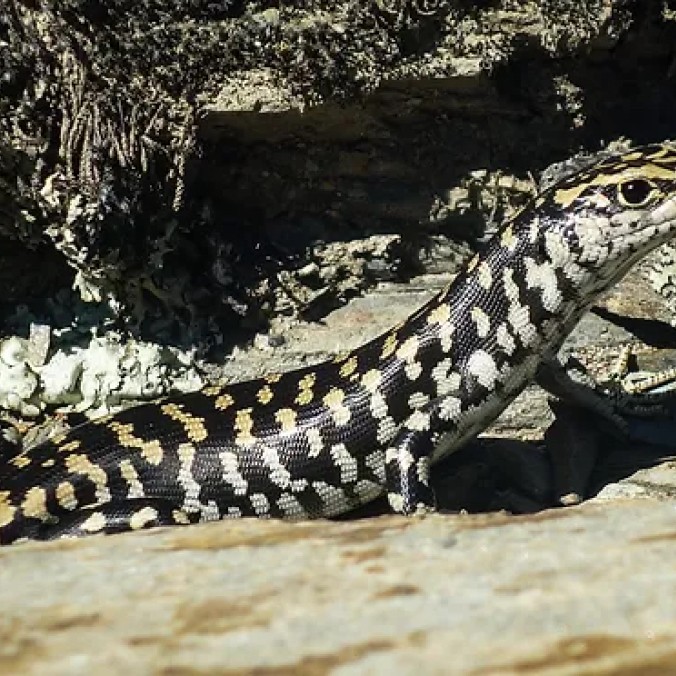
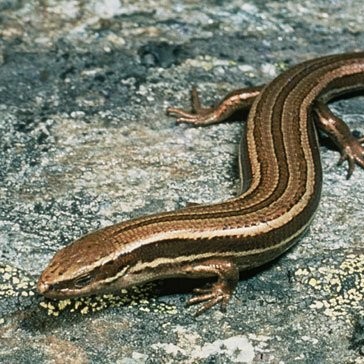
Skinks
Common skinks are avid baskers. They seek sun and prefer sunny habitats. They often minimise the risk of predation by exposing only small parts of their body at one time, still remaining well hidden. they love love sunny rock piles and tumbles that have plenty of crevices, great for basking in safe spots, and the rock retains heat to keep them warm during cold spells.
Grand and Otago skinks are two of New Zealand's most impressive and distinctive lizards, and grow as long as 300 mm.
Both Common and Grand Otago skinks are unique to Otago, and are two of New Zealand's rarest reptiles.


Central Otago Roundhead Galaxias
The Central Otago roundhead galaxias are only found in the Taieri catchment and a few streams in the Manuherekia catchment.
Two farmers - Phil Smith of Glenspec and Hamish MacKenzie of Kyeburn Station - have fenced off a stretch of Spec Creek near Naseby, creating a cattle exclusion zone to protect them, as well as a carpark, walking track and information signs, with help from Tiaki Maniototo.
Images: Department of Conservation
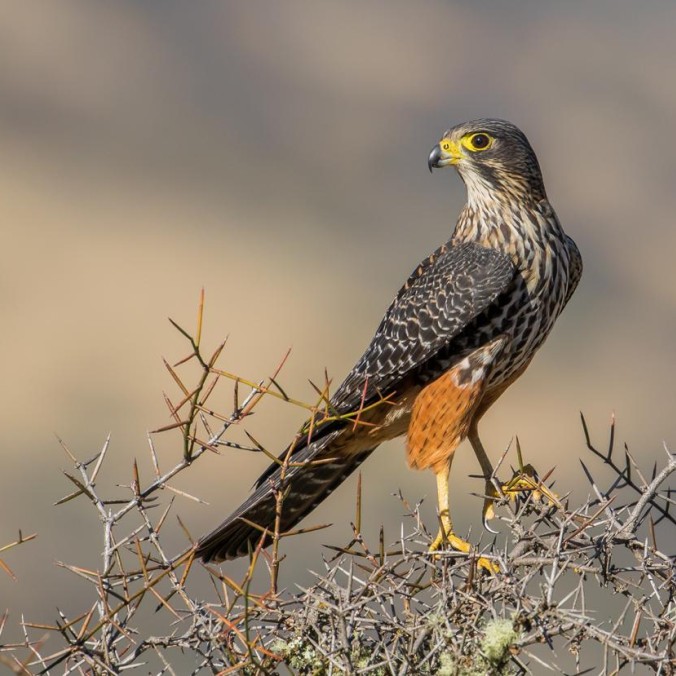
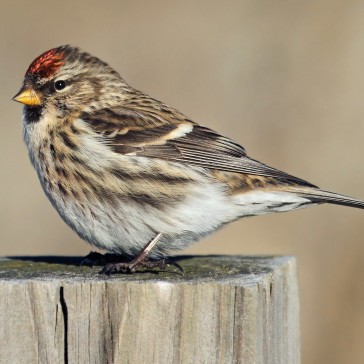
Birds
Species that are common on the trail include those that prefer a wetland/open pasture habitat. Look out for… Paradise Shelducks, White-faced Herons, Pied Oystercatchers, Pied Stilts, Pukeko, Spur-winged Plovers.
Other birds prefer drier shrub-land or the hills, such as the New Zealand Falcon (our fastest bird of prey), the Australasian Harrier (the hawk), and California Quail.
Skylarks prefers open pasture – you will hear rather than see this small brown bird, as they rise vertically in the air until out of sight, singing constantly for up to 15 minutes. You may spot some of the various finches that were introduced in the 1860s by homesick settlers… greenfinches, goldfinches, chaffinches, yellowhammers, redpolls… they all provide a flash of colour that is not common amongst our native birds.

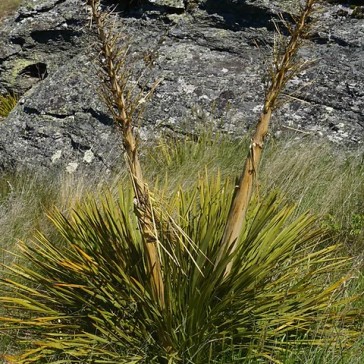
Plants
The plants that you will see growing here are adapted to a semi-arid climate. Plants have to be hardy and able to survive cold, dry winters and hot, dry summers. While the farms you pass may be irrigated, the plants and wildflowers beside the Trail exist in a natural state. Some are introduced (deliberately or not) and many of these species, such as wild Thyme and Sweet Briar are now growing rampantly across the dry hills.
On dry, rocky hillsides around Alexandra the thorny, tiny-leafed native matagouri shrubs look as though they have died – but they are perfectly designed to reduce moisture loss. You may also see some spiny-leafed speargrass near the higher parts of the trail. The hills bordering the trail are still the domain of native tussock varieties, although burning and stock grazing have had an impact.

